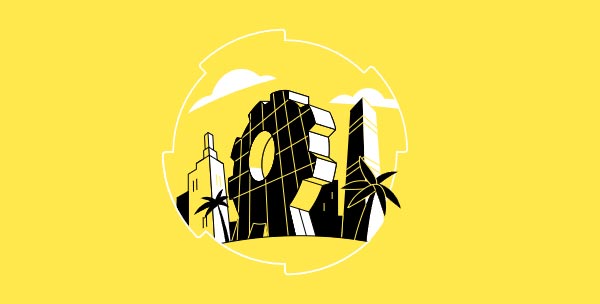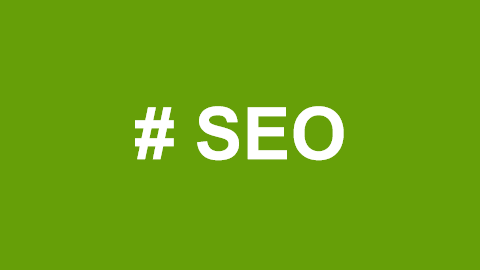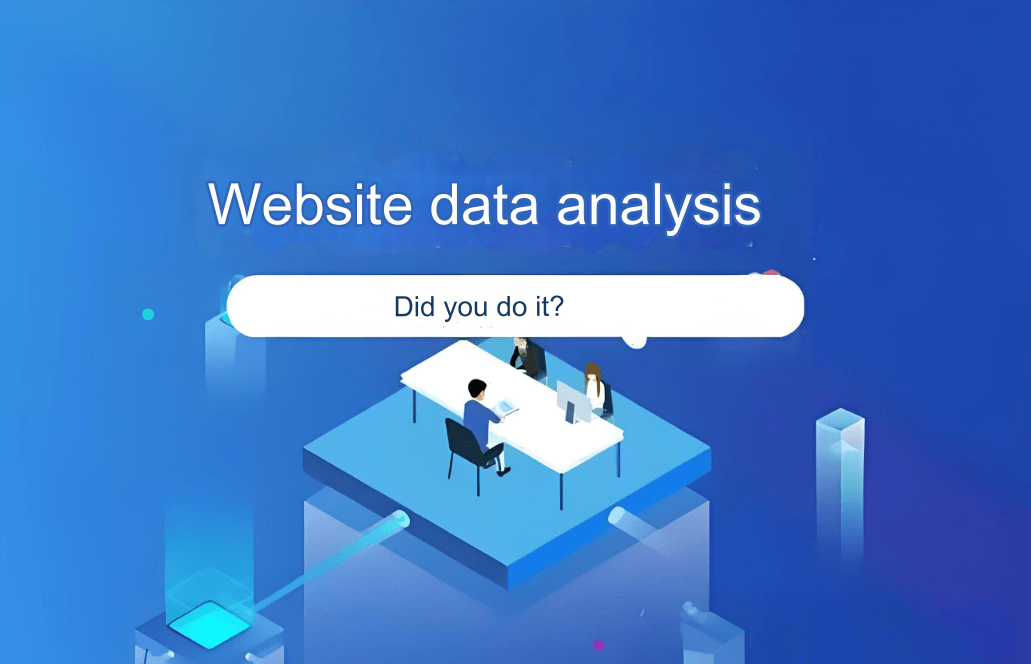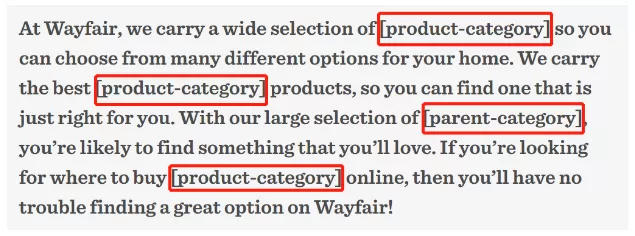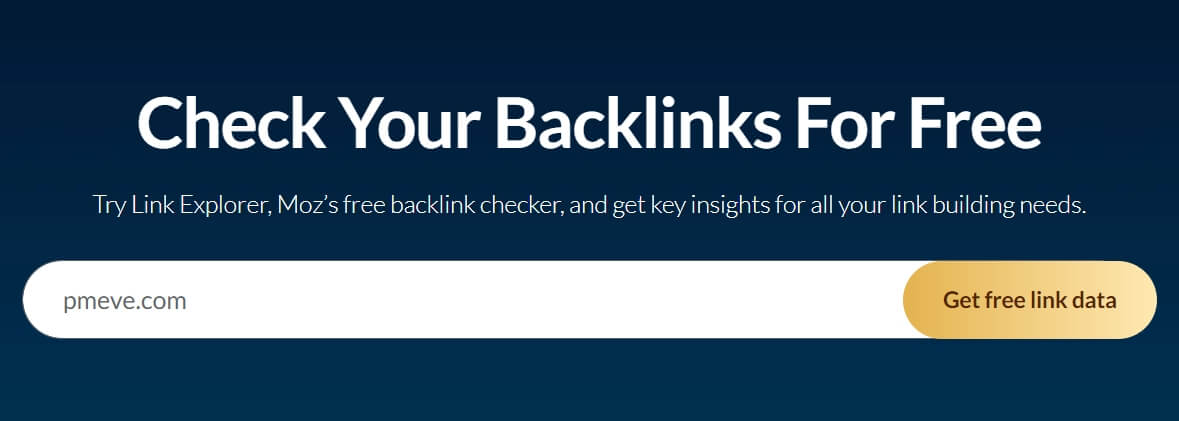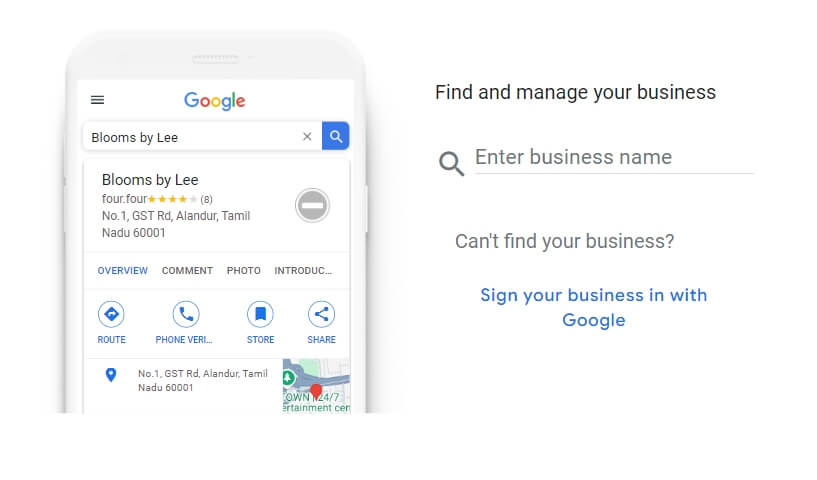Technical SEO is one of the most challenging yet essential aspects of ranking your website in search engines. Ensuring that search engine crawlers can access your web pages and that users have a smooth experience is critical. This checklist will guide you through key technical SEO practices to help improve your site's performance and ranking.
Technical SEO Optimization Checklist
19. Ensure Mobile-Friendliness
If Google detects that your pages load slowly or are not mobile-friendly, it’s unlikely to recommend your site in search engine rankings.
To further confirm your site’s mobile optimization, use Google's Mobile-Friendly Test. Enter the URL to see the results.
20. Use HTTPS Secure Domains
Search engines don't want to recommend websites that could compromise the user’s search experience. Therefore, Google factors in SSL certificates and HTTPS domains when determining a site’s ranking.
Secure websites are encrypted, meaning digital eavesdroppers can't intercept the information passing through the site. E-commerce stores, blogs, and affiliate websites should all use HTTPS domains, not only to protect visitor data but also to improve search rankings.
21. Ensure Fast Page Loading Speed
Search engines aim to provide the best possible results to users. A slow-loading website doesn’t meet this standard, making page speed a ranking factor for both desktop and mobile searches.
Run your website through PageSpeed Insights to get a list of Google-recommended adjustments that can improve site performance.
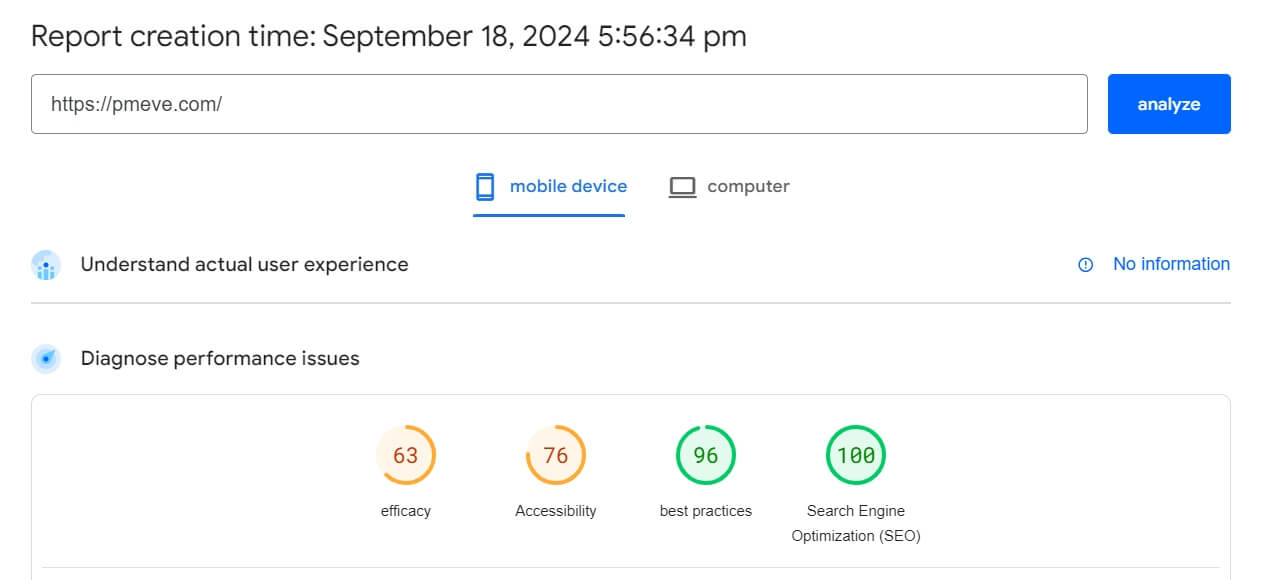
22. Fix Broken Links
Google crawls your site and its pages using bots to index your website. If these bots fail to access a specific page (or the site itself), a crawl error occurs. Any crawl error notifications you receive should be addressed immediately.
Use Google Search Console to check for crawl errors. If any of your pages are broken (for instance, if you removed a product or outdated blog post), redirect the old URL to an existing page on your site. This way, visitors and crawlers will be guided to a valid address rather than encountering a broken link.
23. Create an Internal Linking StrategyInternal linking is one of the most important SEO marketing techniques. It involves linking one page on your site to another. A well-executed internal linking strategy can boost search rankings.
This technique aims to link specific topic pages to other relevant content, helping search engines recognize topical authority, categorize your content, and rank your pages accordingly.
For e-commerce SEO, consider adding links to related products on product pages. For blogs, link to content that explores the topic in more depth.
24. Optimize Anchor Text
Anchor text refers to the clickable text in a hyperlink. Search engines use this text to understand the content of the linked page and determine which search results to rank it under.
To diversify anchor text, try using different types, such as:
-
Exact match, e.g., "blog writing tools"
-
Partial match, e.g., "small business blog writing tools"
-
Related terms, e.g., "tools bloggers use"
-
Branded terms, e.g., "PMEve blog writing tools"
-
Page titles, e.g., "Best Blog Writing Tools of 2024"
25. Create a Global Navigation Menu
Site navigation compiles the most important links across your website. Visitors use these links to access key pages, such as blog posts, product pages, or landing pages.
From an SEO perspective, a global navigation menu helps crawlers identify the most important pages on your website.
Common types of navigation links include:
-
Single-column navigation: All links are placed in a single column with a limited number of options.
-
Double-column navigation: Primary and secondary links are stacked together.
-
Dropdown navigation: A dropdown list appears when the user hovers over a navigation link.
26. Improve Core Web Vitals
Google's Core Web Vitals measure user experience and play a crucial role in evaluating a website's SEO performance. The three key elements include:
-
Largest Contentful Paint (LCP): Measures loading performance. LCP should occur within 2.5 seconds of the page starting to load.
-
First Input Delay (FID): Measures interactivity. FID should be less than 100 milliseconds.
-
Cumulative Layout Shift (CLS): Measures visual stability. CLS should remain below 0.1.
Using a high-quality e-commerce platform for content delivery is the fastest way to improve Core Web Vitals.
By following these technical SEO tips, you can ensure that your site not only ranks well in search engines but also provides a seamless user experience, ultimately improving your search visibility and site performance.
